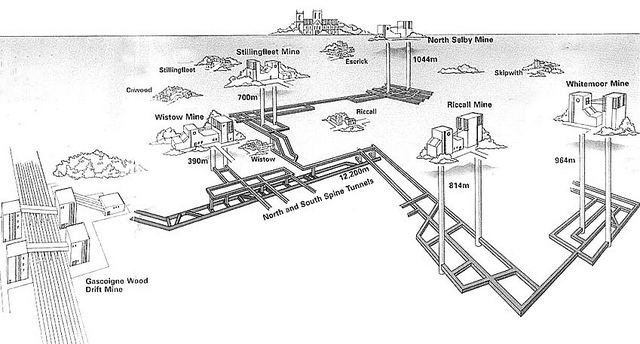 | ||
Selby coalfield (also known as the Selby complex, or Selby 'superpit') was a large scale deep underground mine complex based around Selby, North Yorkshire, England, with pitheads at Wistow Mine, Stillingfleet Mine, Riccall Mine, North Selby Mine, Whitemoor Mine and at Gascoigne Wood Mine; all coal was brought to the surface and treated at Gascoigne Wood, being distributed onwards by rail. The primary purpose of the pit was to supply coal for electrical power generation; much of it was used in the nearby Aire valley power stations.
Contents
- Dcc sound hornby class 56 56080 selby coalfield in loadhaul livery with a coal wagon tta rake
- History
- Post closure
- References

Mining peaked in 1993–4 at 12 million tonnes. The mines were acquired by RJB Mining in 1997 after the privatisation of the coal industry; loss of subsidy, geological problems, and low UK coal prices made the pits unprofitable by the 21st century. Closure was announced in 2002, and mining completely ceased by 2004.
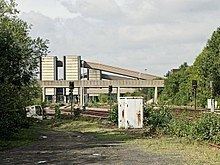
Dcc sound hornby class 56 56080 selby coalfield in loadhaul livery with a coal wagon tta rake
History

In 1974 the Labour Government and National Coal Board (NCB), backed by the National Union of Mineworkers (NUM) initiated a decade long ambitious expansion of coal production, named the Plan for Coal; the plan was based on maximising income from indigenous coal reserves at a time when oil prices had risen (1973 oil crisis) to above that of coal. The plan included continued closure of older pits, and investment in new capacity; Selby Coalfield was a major element of the plan.
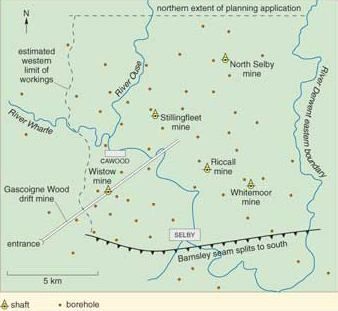
Exploratory drilling in the Selby area had taken place in the 1960s, and detailed exploration was carried out in the early 1970s, showing that a northern extension of the 'Barnsley Seam' was present and between 1.9 and 3.25 m thick, resulting in an estimate of 600 million tonnes of coal in the seam, with total estimated coal reserves of 2,000 million tonnes. Open extraction would have required a stripping ratio of around 500:1 so the coal was extracted by underground mining. A geological report "Coal reserves in the Selby Area" was published 1972, and planning permission sought for a mine in 1974, which was given in 1976 after opposition, including concerns about flooding of low-lying land due to subsidence; extraction was limited to the Barnsley seam, though other seams existed.
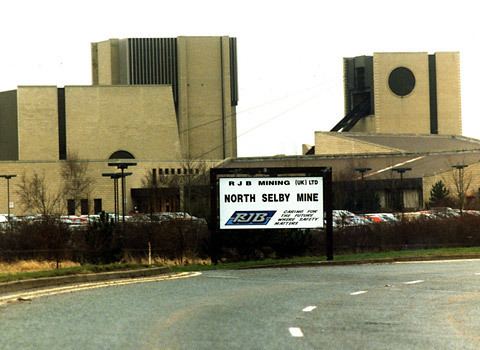
The project was formally inaugurated by the Duchess of Kent in 1976. Initial estimates were for a construction cost of £400 million, with 4,000 people employed, with extraction beginning in the early 1980s and lasting for 40 years, producing 10 million tons per year. The scheme used an unusual arrangement of pits in the coal field – all coal was brought to the surface at the drift mine of Gascoigne Wood, whilst five pits were created to the east (Wistow, North Selby, Riccall, Stillingfleet, and Whitemoor) which transferred their coal via underground tunnels to Gascoigne Wood. As part of the construction processes the NCB paid for diversion of the East Coast Main Line from Selby (see Selby Diversion) to avoid areas that could be subject to mining subsidence. Above ground equipment such as the winding gear was constructed enclosed by cladding, and with limited height to limit the visual on the environment, which was a predominately rural landscape. Shafts for the pits began to be sunk in the late 1970s, in 1983 the Wistow Mine began production.
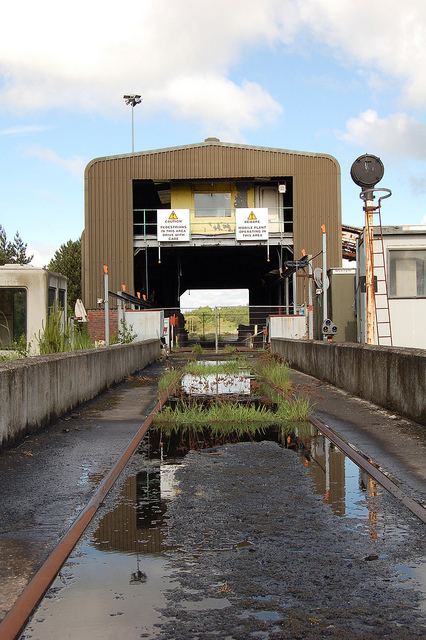
Many of the miners were moved under transfer packages from other collieries that were being closed down, particularly in the Wakefield area. Large car parks were built to facilitate commuting.
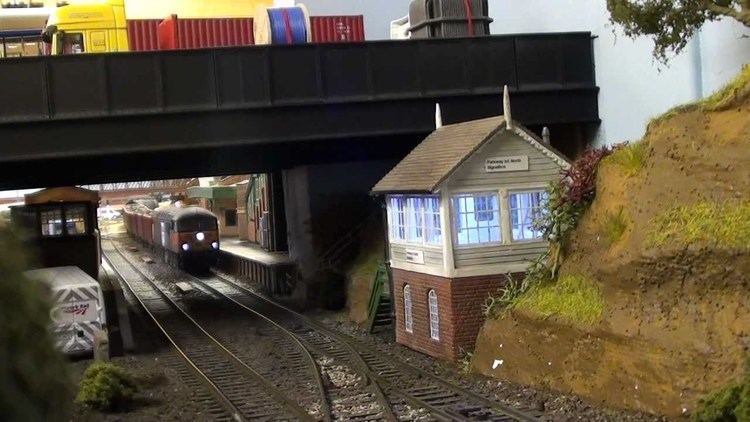
The new mine produced no coal in 1984/5 due to the UK miners' strike (1984–1985). Gascoigne Wood was the scene of clashes between pickets and police.
Output steadily rose during from 1984 to 1994, reaching 10 million tonnes p.a. in 1992–93.
In 1993/4 the complex had peak output of 12 million tonnes p.a. In 1994 the Coal Industry Act created the legal framework for the breakup of British Coal; in 1995 the coalfield was acquired by RJB Mining. Geological problems caused some coal seams to be ignored, and Whitemoor Mine merged with Riccall Mine in 1996, North Selby Mine merged with Stillingfleet Mine in 1997. By 2000 production was 4.4 million tonnes p.a.
Between 1995 and 1999 the operation turned from being successfully profitable to loss making, the first loss was recorded in 1999; relatively fixed costs associated with the single exit point at Gascoigne Wood meant that the mine became less profitable as production was reduced at the five pits. By 2000 the loss was (£30 million pa), and received no subsidy; in 2002 the closure of the Selby coalfield in 2003/4 was announced by UK Coal. Mining ended in 2004 at Wistow (May), Stillingfleet (July), and Riccall (October). The total amount of coal mined was 121 million tonnes.
Post closure
The Gascoigne Wood Mine site is the largest, with 44 ha (110 acres) developable land, and best connected of the former mine sites, with rail connection onto the former Leeds and Selby Railway (Leeds-Hull Line) including sidings for trains of up to 775 m. On site facilities include a 58 MW electrical grid connection, and the site is close to the large Sherburn-in-Elmet Industrial Estate, and directly south of the Sherburn-in-Elmet Airfield. Planning permission for re-use of buildings and infrastructure was granted in 2007. Beginning 2008 part of the site has been used on short term lease to British Gypsum for storage of Gypsum produced at Drax Power Station as a byproduct of flue gas desulphurisation. The site has also been proposed for use as a manufacturing site for rail vehicles (Hitachi, rejected 2010), and an Eco-town development (rejected by Selby district council 2008).
The Whitemoor Mine site has been converted to mixed commercial use as Whitemoor Business Park.
Riccall Mine has been converted to an industrial and office development, having received planning permission for the development in 2007.
In 2009 the North Selby Mine was proposed as a renewable energy site, using waste as a feedstock for electricity generation. The initially proposed energy generation methods of incineration and gasification were dropped in 2011 with the plan had been modified to include a larger facility for anaerobic digestion, as well as using in vessel composting of organic waste. As of March 2012 the status of the development is undecided.
As of early 2012 Stillingfleet Mine has been partially redeveloped, being used for extraction and generation from coal mine gas, further redevelopment is being sought.
As of early 2012 Wistow Mine has not been redeveloped, land manager Haworth Estates, is seeking redevelopment of the site which utilises the legacy on site facilities, which includes a 12 MW electrical grid connection.
